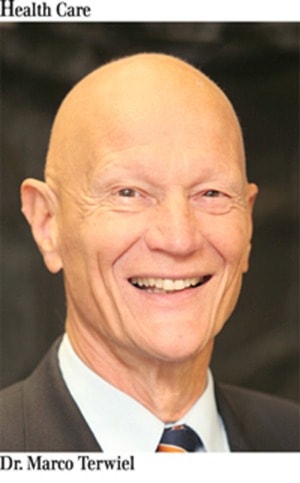It is 10 o’clock in the evening, as I write this and the sun is still lighting up the room.
I am once again in Nunavut and in another month the sun will not set at all in this part of our country, but just circle around the sky, rising towards noon and falling towards midnight, but never disappearing behind the horizon.
Until then, the days are getting longer and longer, and consequently, the nights very short.
Despite the glorious sunny weather, it is still a winter landscape, with the temperature hovering around the freezing point. The locals consider this to be quite balmy and inviting to go ice fishing on the Hudson Bay or the numerous lakes or hunting on the snow covered tundra. If one does not wear good quality dark sunglasses, one gets a serious case of snow blindness in short order. That is quite painful and takes some time to recover; very similar to welding flash burns.
After a few days out in the open, most of the Inuit get quite a deep tan, with the exception of the area where the sunglasses protect the skin, creating an unusual appearance when they take of their glasses and the white skin around the eyes offers a sharp contrast with the brown facial appearance.
The next day I have off and it promises to be very sunny. I have been invited to go out with some friends on the sea ice with snowmobiles and I will be outside all day. At the end of the day, I will probably look like a reverse of a raccoon as well.
It is rare to have a day off when working in the north as a physician, since the demand for health care is high and generally there are too few physicians to meet that demand. This time, however, there are five of us in Rankin Inlet. That is a first for me in the eight years that I have been going to Nunavut, off and on. We are three fully licensed MDs and two recent graduates who still need to complete their training under supervision.
The health care centre is only open for emergencies on the weekend and that requires the presence of only two doctors to deal with the usual work load. That allows three of us to have a day off; one day only, because we split the weekend duties equally.
The workload during the weekdays is very demanding, and at the end of the day, all of us are quite tired if not exhausted. Then we also have to take our turn taking night calls a few times a week. That can be exhausting too, but so far I have been lucky that way. Good thing, too, since yesterday I was on call for the Kivalliq region, an area about four times as large as Vancouver Island with eight communities.
In addition to taking calls from the nurses in the various settlements without a physician, I also had to deal with any emergencies locally. The workload is not much different from a busy emergency room in the Lower Mainland. Only the kind of emergencies are often different. Heart attacks are rare, injuries from accidents with snow mobiles and all terrain vehicles common. The results of alcohol abuse and concomitant violence are a sad outcome of the introduction of western civilization.
Contagious diseases are rampant because of overcrowding on account of the housing shortage. The Inuit rightfully have opted to live in houses instead of igloos. As an emergency shelter, igloos are great, but otherwise not comparable to the comforts of a modern house. Unfortunately, the government is building far too few to house the exploding population.
Our health care system is partly to blame for the rapidly increasing number of people. The skill and quality of the nurses and doctors working in the north have drastically reduced the maternal and infant mortality, and culturally birth control is not a high priority, since not too many years ago the Inuit had a rather gruesome equilibrium of just maintaining their numbers, because of the high death rate in this very hostile and harsh environment.
Western civilization has brought many blessings, but also lots of new problems to the Arctic. I will write more about this next.
Dr. Marco Terwiel is a retired family physician who lives in Maple Ridge.
